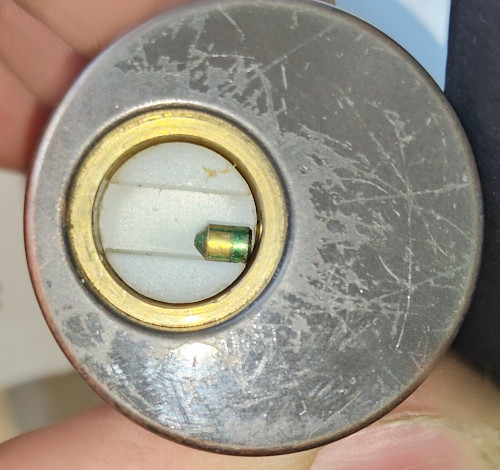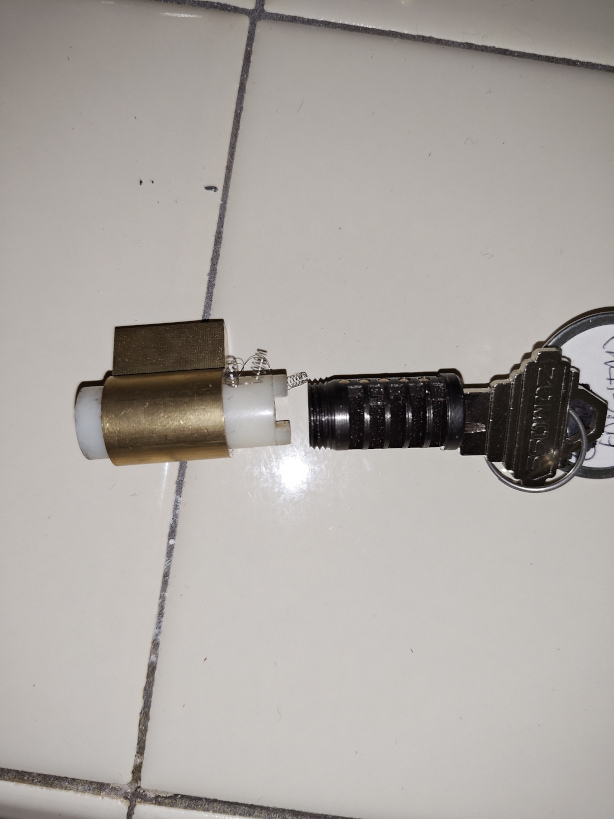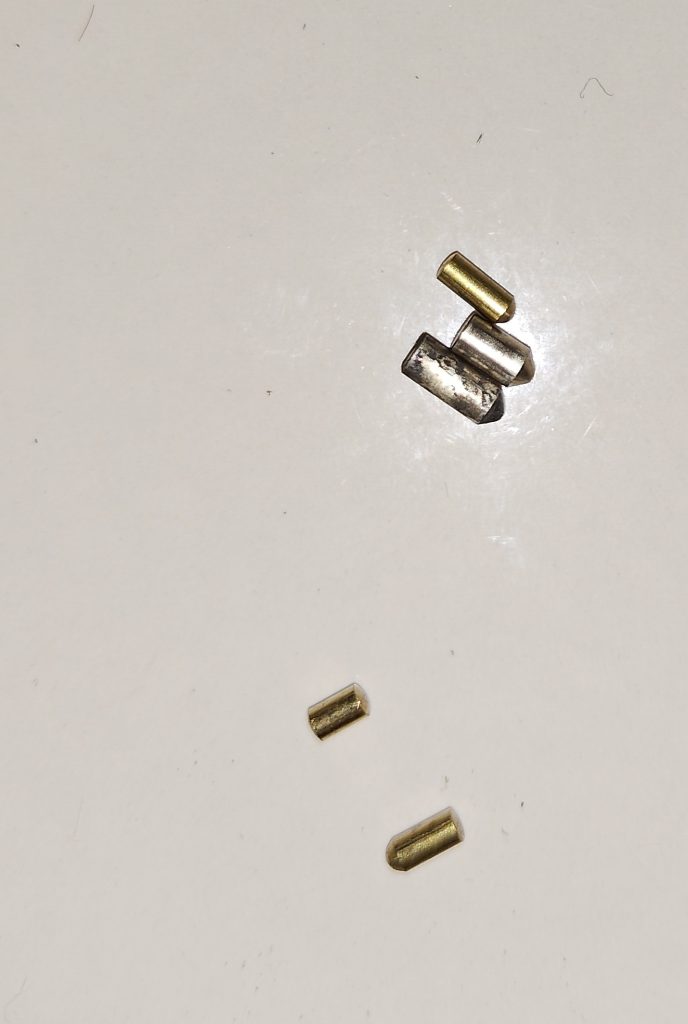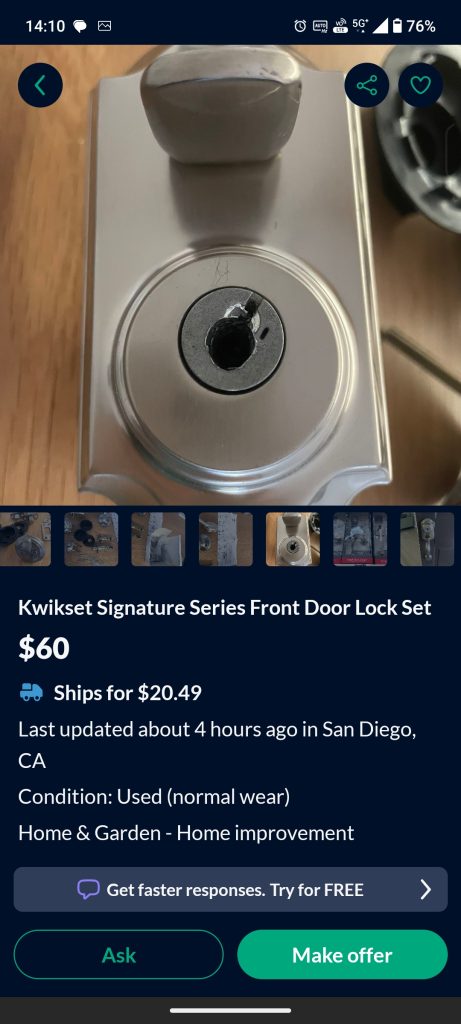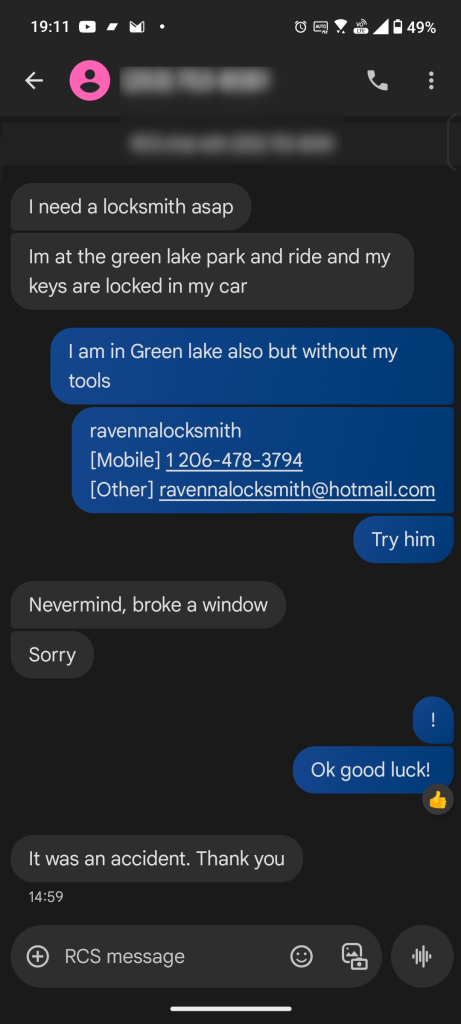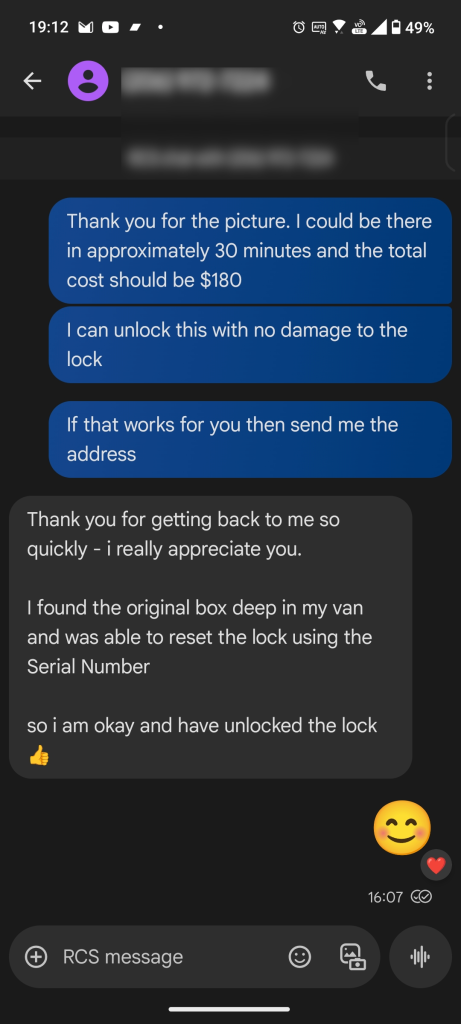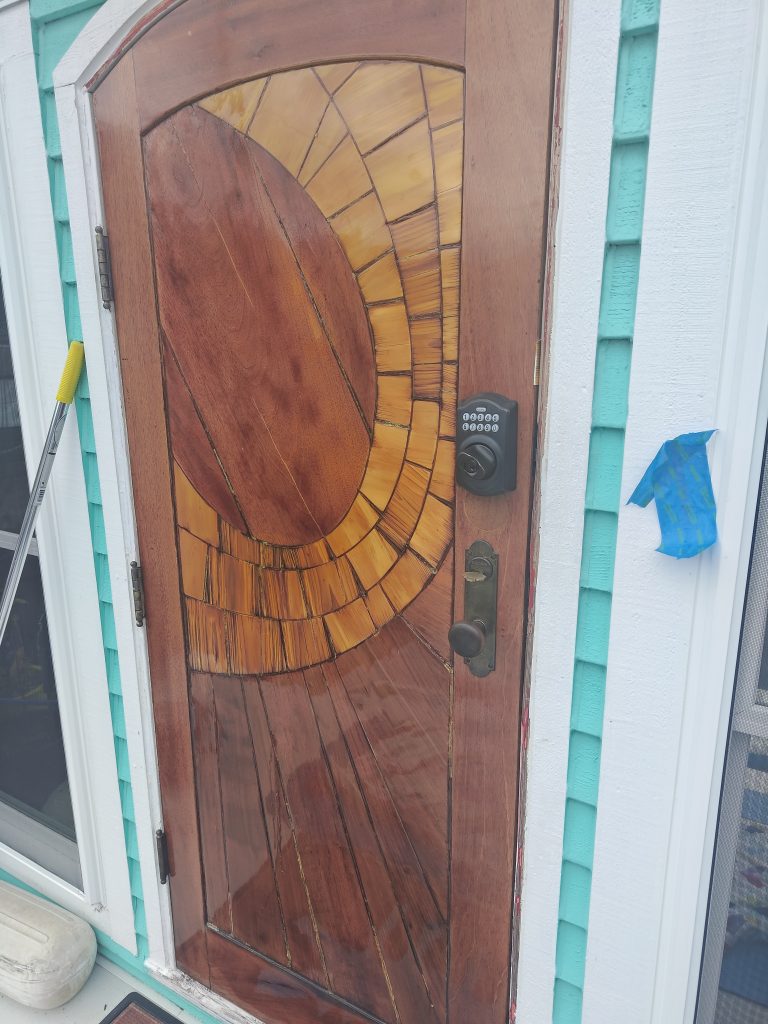Today I got a request from an NSP to go open a large Allied-Gary safe for their customer. This in itself is pretty ordinary. What set it apart experience-wise was that this guy specifically suggested that I use an angle grinder to cut a hole in the safe to unlock it.
Aside from the health hazards of inhaling all of that fiberglass and metal debris in an enclosed area, there are other problems with this. Doing this ruins the $5000 safe. It will also cost a couple hundred to dispose of at the dump if they even let you dispose of it due to concerns about asbestos.
This guy was willing to pay me $600 to go open this safe with an angle grinder, but I would only charge $400 to open it with a 1/4″ hole. The safe would still be usable. The smoke alarms won’t go off, there won’t be fiberglass and steel dust all over the place, no loud noises aside from 30 minutes of drilling.
This comes on the heels of a surprising post on Reddit from somewhere around Puyallup/Tacoma region: this guy claims that his company regularly opens safes by cutting the hinges off and prying the door open. This guarantees the safe is garbage. Even if you welded the hinges back on the door and opening will be bent.
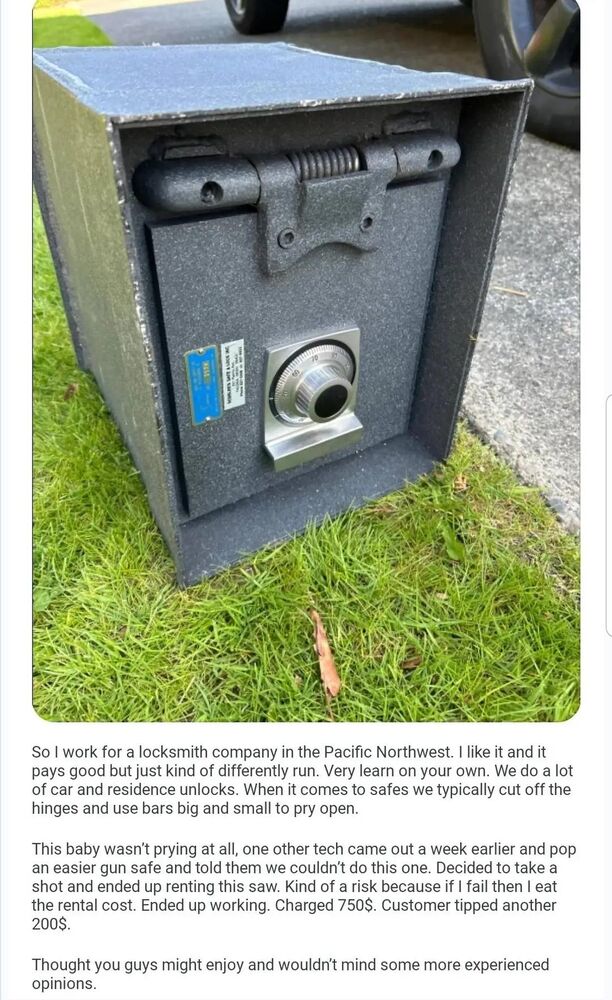
Even in an open only situation I would not use an angle grinder unless there was already some serious damage to the safe that prevented normal operation. If somebody showed up with a gas powered concrete saw to open a safe I would have serious questions about how professional they are doing simple things like rekeying a house or unlocking a door. Chances are this guy doesn’t really know what he is doing. He claims that the customers were happy, but that really is only a testament to the customer’s ignorance. The safe was worth something, it could have been sold. It was built to last, but this “locksmith” and his customers thought it was disposable buy and use once garbage.
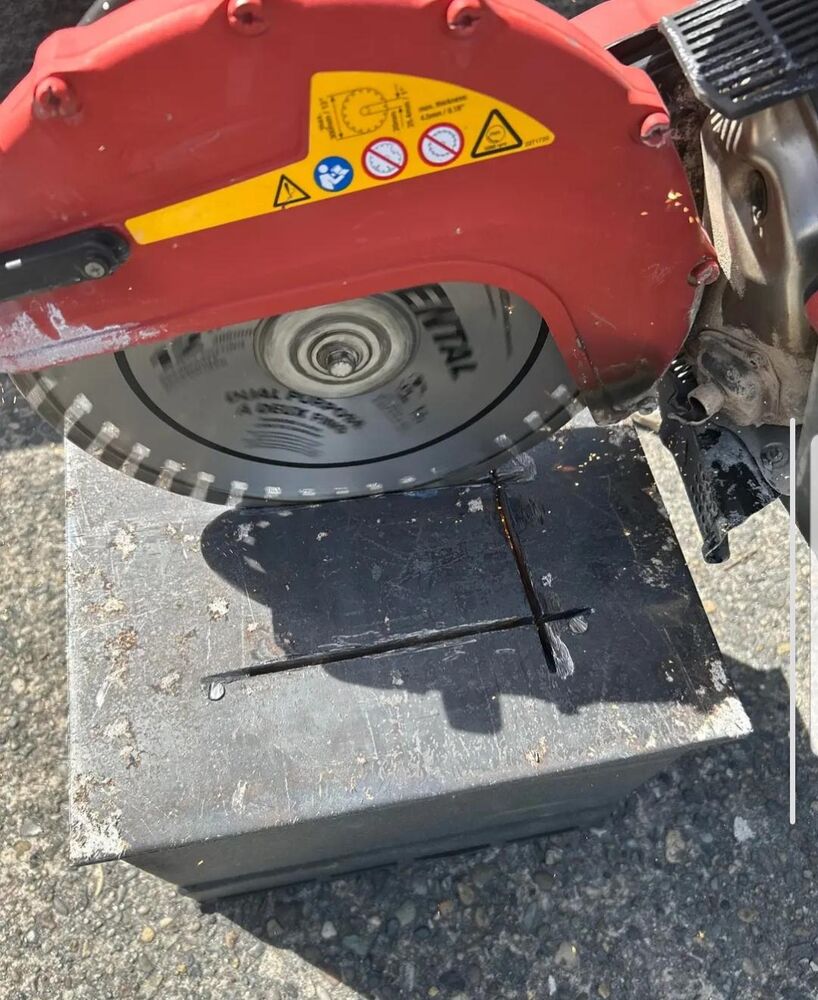
This is not an appropriate safe opening tool!
The public should know from movies at least that there are professional tools for opening safes. They don’t cut the hinges and pry doors open in the movies, and the same holds true for real life with the exception of low level burglars and this guy and his cohort in Puyallup.
To quote Electrical-Actuary59,
This is how a bunch of teenagers or crackheads break into safes. No legit lock company would ever use a concrete saw like that. If you’re not going to take the high road and learn how to manipulate, at least go get trained on how to drill. A well placed 1/4 inch hole is all you needed. Side note, stop cutting hinges off! Any respectable safe will just laugh at you for it.
Nice and concise, I couldn’t have said it better.

